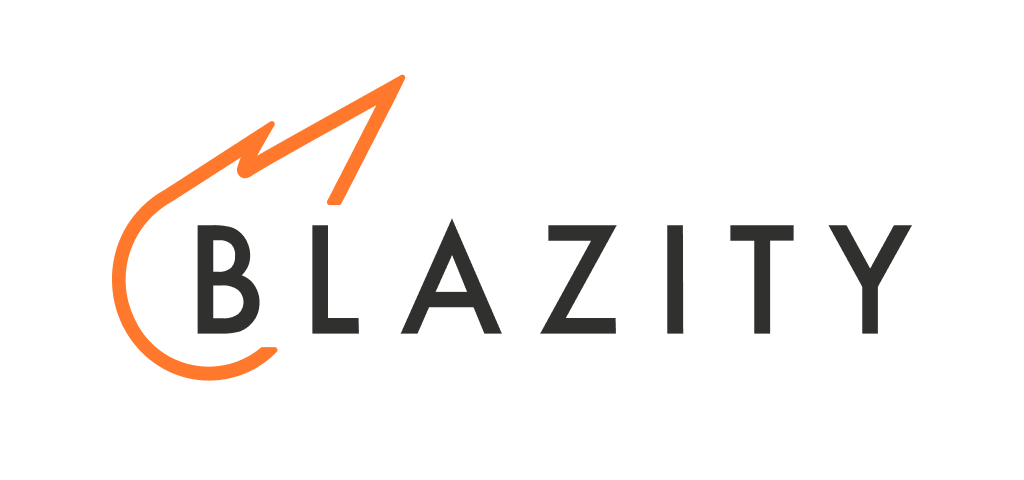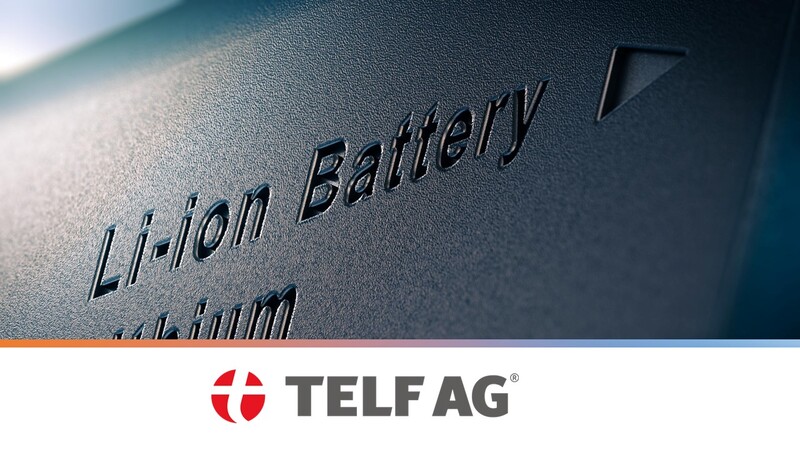Blazity, a software consulting company specialising in Next.js development, is set to participate in an expert panel discussion on the frontend architecture challenges encountered by generative AI companies at the upcoming Next.js Conf: London Watch Party.
Hosted by Vercel, Next.js Conf stands as the foremost event within the Next.js community, gathering developers and industry leaders who are propelling the entire ecosystem forward.
Jakub Czapski, co-founder of Blazity, will join a panel of experts dedicated to underscoring the critical role of frontend technologies, particularly Next.js, in shaping the user experience for generative AI firms. Alongside experts from WPP, Jakub will delve into the distinctive hurdles faced by AI companies and the pivotal contribution of Next.js and headless architecture in resolving these challenges.
In light of the swift adoption of AI-powered solutions, AI companies frequently grapple with burgeoning user bases and escalating data volumes. The headless software architecture fervently endorsed by Blazity disentangles the frontend presentation layer from the backend logic and data layer. This decoupling facilitates horizontal scalability, empowering startups to effectively manage surges in traffic and data loads.
Headless architecture empowers AI startups to innovate, iterate, and modify the frontend without affecting the underlying AI algorithms or backend infrastructure. This separation grants them the capability to update the frontend interface autonomously, ensuring a more expeditious time-to-market and the adaptability required to keep pace with evolving business demands.
Jakub Czapski, Blazity’s co-founder, emphasises, “Integrating backend AI models with the frontend and performance optimisation are just some of the challenges highlighted by our clients. We believe that with its server-side rendering, speed, scalability, and flexibility, Next.js is truly the best frontend framework for Generative-AI companies.”
He adds, “As the AI landscape is growing and changing rapidly – time to market is key. Headless architecture enables horizontal scalability, allowing companies to handle high traffic and data volumes more efficiently. They can scale the frontend independently from the backend, ensuring optimal performance and responsiveness even during peak usage periods.”
Throughout the panel discussion, participants will also address other obstacles confronting the broader AI ecosystem, such as bridging the skills gap and recruiting talent well-versed in the unique challenges of frontend development within AI applications.
The panel promises to be a valuable resource for developers and organisations seeking to harness the full potential of Next.js and headless architecture. Blazity’s active participation underscores the company’s commitment to remaining at the vanguard of technological advancements in web development.







